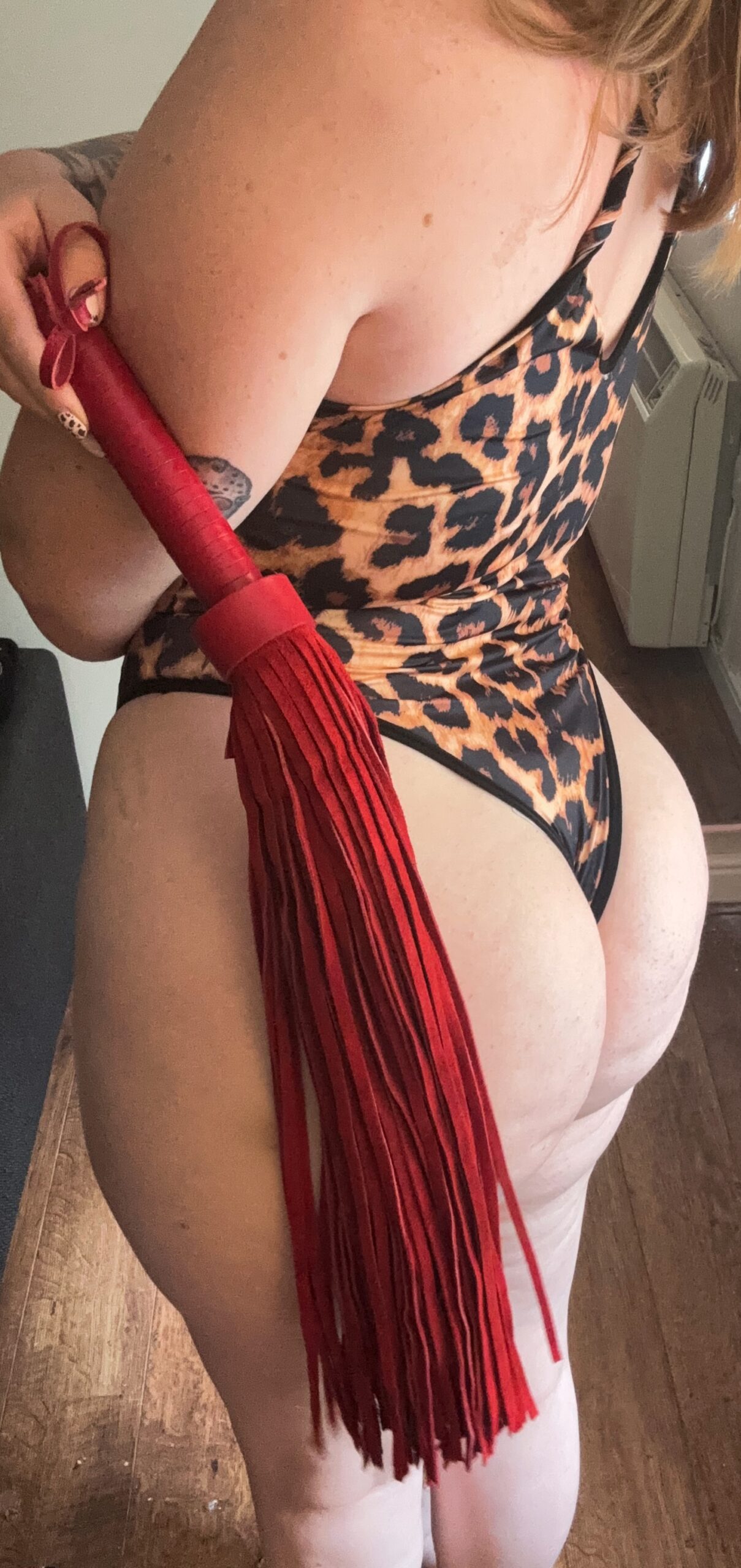Defining Androsexuality
Androsexuality is a sexual orientation characterized by attraction specifically to people who present as masculine, regardless of their gender identity.
Understanding Attraction
It’s important to note that “masculine presenting” encompasses a wide spectrum of expressions and doesn’t necessarily align with traditional notions of masculinity. Some individuals may express masculinity through clothing, mannerisms, or other external traits, while others might identify as masculine internally but not outwardly.

Androsexual individuals can be attracted to people who identify as male, female, non-binary, or any other gender identity. The defining factor is the perceived masculinity of the individual, rather than their gender label.
Key Characteristics of Androsexual Attraction
Androsexuality is a sexual orientation characterized by attraction specifically to people who present as masculine, regardless of their gender identity.
It’s important to note that “masculine presenting” encompasses a wide spectrum of expressions and doesn’t necessarily align with traditional notions of masculinity. Some individuals may express masculinity through clothing, mannerisms, or other external traits, while others might identify as masculine internally but not outwardly.
Androsexual individuals can be attracted to people who identify as male, female, non-binary, or any other gender identity. The defining factor is the perceived masculinity of the individual, rather than their gender label.
Key characteristics of androsexual attraction include a preference for masculine traits such as assertiveness, strength, and decisiveness, regardless of the person’s assigned sex at birth.
Experiences and Expressions
Understanding androsexuality requires exploring how experiences and expressions shape attraction. Androsexuality is defined by attraction to individuals who present in ways perceived as masculine, a concept that extends beyond traditional binary notions of gender.

Spectrum of Androsexual Experiences
The spectrum of androsexual experiences is vast and diverse, shaped by individual preferences and societal influences.
Some androsexual people might be drawn to specific masculine traits such as a confident demeanor or a strong physique, while others find attraction in more subtle expressions like a particular way of speaking or moving.
The intensity of attraction can also vary greatly, ranging from casual interest to deep romantic love.
It’s crucial to remember that androsexuality is not monolithic; individuals within this spectrum may have unique and complex experiences that defy easy categorization.
Some might identify as exclusively androsexual, while others might experience attraction to both masculine-presenting and feminine-presenting individuals.
Ultimately, understanding the diverse range of androsexual experiences requires embracing fluidity and recognizing that attraction is a deeply personal and multifaceted aspect of human identity.
Intersectionality and Identity
Androsexuality highlights the complexities of human attraction and how it intersects with gender expression and identity. It demonstrates that sexual orientation isn’t solely determined by binary categories but is influenced by a broader spectrum of perceived traits and characteristics.
Understanding androsexuality necessitates moving beyond rigid definitions of masculinity and femininity, acknowledging the fluidity and diversity within these concepts. It emphasizes the importance of recognizing individual experiences and preferences rather than imposing generalizations or stereotypes.
The intersectionality of androsexuality with other aspects of identity, such as race, ethnicity, class, and ability, further enriches our understanding of this sexual orientation. It underscores the need for inclusive language and frameworks that account for the multifaceted nature of human experience.
Social Perception and Acceptance
Social perception and acceptance play a crucial role in shaping experiences of androsexuality.
Misconceptions and Stereotypes
Misconceptions and stereotypes surrounding androsexuality can create barriers to understanding and acceptance. Some individuals may assume that androsexuality is solely about physical attraction to men, failing to recognize the broader spectrum of masculine presentations it encompasses.
Stereotypes can also perpetuate harmful narratives, suggesting that androsexual people are somehow less feminine or that their attractions are inherently deviant. Such biases can contribute to feelings of isolation, shame, and internalized homophobia within the androsexual community.
It is essential to challenge these misconceptions and promote greater awareness and understanding of androsexuality. Education, open dialogue, and representation in media and popular culture can play a vital role in fostering acceptance and dismantling harmful stereotypes.
Visibility and Representation
Visibility and representation are crucial for the social perception and acceptance of androsexuality. When individuals who identify as androsexual see themselves reflected in media, literature, and public discourse, it validates their experiences and fosters a sense of belonging.
Representation also helps to educate the wider population about androsexuality, breaking down misconceptions and stereotypes that can contribute to prejudice and discrimination.
Conversely, the lack of visibility can reinforce feelings of invisibility and isolation for androsexual individuals. It can create a sense that their experiences are not valid or worthy of recognition, leading to internalized shame and difficulty connecting with others who share similar attractions.
Increased visibility through diverse storytelling, inclusive media portrayals, and open conversations about androsexuality can contribute to a more accepting and understanding society.
Challenges and Support
Androsexuality, an orientation characterized by attraction to masculine-presenting individuals, presents unique challenges and opportunities for navigating societal perceptions and finding support. Understanding this complex spectrum of attraction requires moving beyond traditional gender binaries and embracing the diversity of how masculinity is expressed.
Navigating Societal Norms
One significant challenge androsexual individuals face is the lack of widespread understanding and acceptance of their orientation. Societal norms often prioritize a binary understanding of gender and sexuality, making it difficult for people to comprehend attraction that doesn’t fit neatly into those categories. This can lead to feelings of isolation, misunderstanding from family and friends, and even discrimination.
Another challenge is the potential for internalized homophobia or transphobia, especially if someone’s androsexual attractions intersect with other marginalized identities. Societal pressures to conform to traditional gender roles and expectations can create internal conflict for those who experience androsexuality.
Finding support networks is crucial for overcoming these challenges. Connecting with other androsexual individuals can provide a sense of belonging, validation, and understanding. Online communities, support groups, and LGBTQ+ organizations can offer safe spaces to share experiences, access resources, and build connections.
Educating oneself and others about androsexuality is also essential. Learning about the spectrum of gender expression and challenging harmful stereotypes can contribute to greater acceptance and create a more inclusive environment.
Finding Community and Resources
Androsexual individuals face unique challenges in navigating societal perceptions and finding support.
- A lack of widespread understanding and acceptance of androsexuality can lead to feelings of isolation, misunderstanding from loved ones, and even discrimination.
- Internalized homophobia or transphobia may arise if someone’s androsexual attractions intersect with other marginalized identities.
Despite these challenges, there are resources and communities available to support androsexual individuals.
- Connecting with other androsexual people through online communities, support groups, and LGBTQ+ organizations can provide a sense of belonging and understanding.
- Educating oneself and others about Cookie Corp androsexuality is crucial for promoting acceptance and creating a more inclusive environment.
throne sex position
Classy Pleasure
- Why CBD Gummies Are Becoming Popular For Mental Clarity - November 11, 2025
- What Is The Best Injection For Smokers Lines Around The Mouth? - November 8, 2025
- What Are The Benefits Of CBD Infused Gummies For Mood - November 7, 2025

